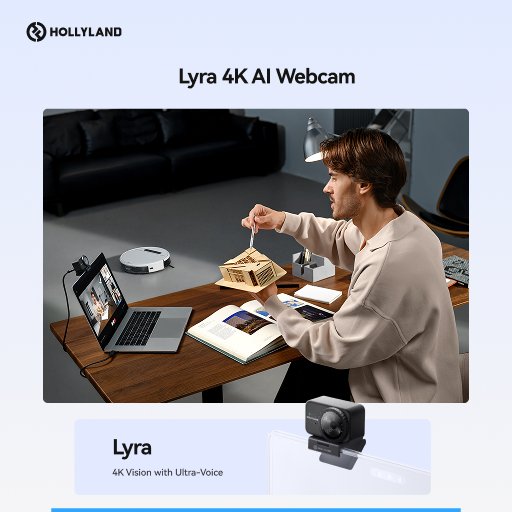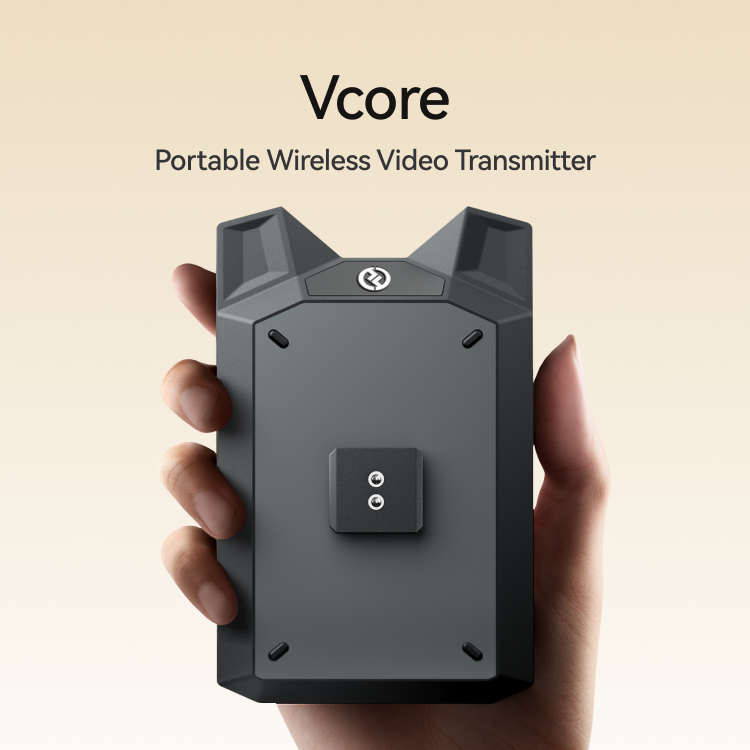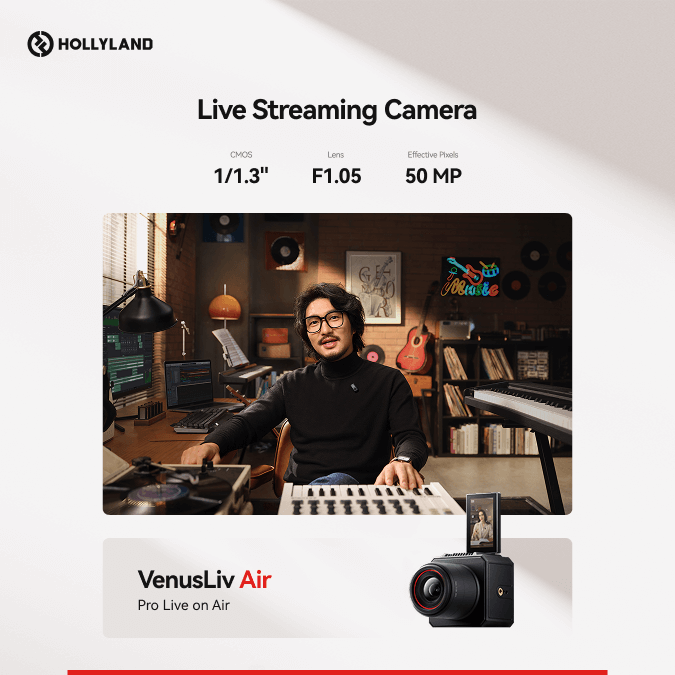Planning for the best recording microphones in 2025? If you create podcasts, music, or online content, or if you value high-quality sound, getting the right microphone is crucial. A good microphone can improve your audio. With numerous options available, it is essential to select one that meets your requirements and falls within your budget.
Choosing the best microphone will enhance the sound quality of your recordings and help you achieve the desired quality in any environment. We have tested and compared the top 2025 mics to help you make a good choice.
Why Trust Us?
As the official blog of Hollyland, a leader in wireless audio, we offer expert data from our engineers, audio specialists, and creators. We give trusted recommendations to our readers by testing the products, gaining hands-on experience, and comparing them against top brands in the market.
Top Picks at a Glance
| Model | Type (Dynamic/Condenser, etc.) | Connectivity (USB/XLR/etc.) | Frequency response | Best For | Price |
| RODE PodMic | Dynamic | XLR | 50Hz – 15kHz | podcast, live stream, and speech or vocal applications | $99 |
| Shure SM57 | Dynamic | XLR | 40Hz – 15kHz | Music, Vocals, Instruments | $109 |
| Shure SM81 | Condenser | XLR | 20Hz – 20kHz | studio recording, broadcasting, and sound reinforcement | $439 |
| sE Electronics sE7 | Condenser | XLP | 20 Hz – 20 kHz | Studio Recording | $228.98 |
| Austrian Audio OC16 | Condenser | XLR | 20Hz – 20kHz | Streaming, Video Conference, Singing | $399 |
| Audio-Technica AT2020 | Condenser | XLR | 20Hz-20kHz | Content Creation (podcasters, streamers) | $119 |
| Sennheiser E 835 | Dynamic | XLR | 40Hz-16kHz | Singing | $99.95 |
| Behringer C-2 Matched | Condenser | XLR | 20Hz-20 kHz | Studio, Instrument Recording | $51.90 |
| RODE NT1 Signature Series | Condenser | XLR | 20Hz-20kHz | Singing | $159. |
| Neumann TLM 103 | Condenser | XLR | above 5 kHz | Streaming, Singing | $1,495 |
| Neumann KM 184 | Condenser | XLR | 20 Hz-20 kHz | Voice Recording, Video Recording | $849 |
| Slate Digital VMS ML-1 | Condenser | XLR | Not specified | Studio Recording | Not specified |
Note: Prices are sourced from Amazon (US) and are subject to change over time.
Best Cardioid Microphones for Content Creators: Detailed Reviews
1. Rode PodMic — Best Overall Choice
One thing I like about the Rode PodMic is its access to broadcast-quality sound. It is a dynamic microphone that features an all-metal construction that includes the body and stainless steel mesh grille, ensuring it will last through an endless number of recording sessions. The mic’s frequency response is 50 Hz-15 kHz, and it has a sensitivity level of -57dBV. The PodMic is easy to set up, which encourages creator-friendliness, and is why I recommend it to any creator, regardless of skill level.

Specifications:
- Polar Pattern: Cardioid
- Frequency Response: 50Hz – 15kHz
- Max SPL: Not Specified
- Connector: XLR
- Type: Dynamic
- Sensitivity: -57dBV (1.4mV)
Pros:
- High-quality sound for podcasting
- Durable metal construction
- Affordable price for podcasters
- Great value for entry-level users
- Excellent for voice recording
Cons:
- Requires an audio interface for use
- It lacks USB output, making it less versatile for users who prefer a simpler setup.
Suitable for: Vloggers, podcasters, voiceover artists, and content creators.
Real review from Amazon: “The quality is incredible; I’ve recommended this mic to so many of my streaming/gaming friends”—@KaralynnDixon
Price: $99
2. Shure SM57 — Best for Instrument and Vocal Recording
I love the Shure SM57 for its high sound pressure handling without distortion, which is great for snare drums and saxophones. The frequency response of 40Hz to 15kHz, with a sensitivity of -56 dBV/Pa, offers great detail. The impedance at 310Ω and an output of 1.60 mV/Pa keep the sound crisp. The mic weighs solidly at 284g and is compact at 157mm tall, making it an ideal mic for studio or live work.

Specifications:
- Polar Pattern: Cardioid
- Frequency Response: 40Hz – 15kHz
- Max SPL: Not specified
- Connector: XLR
- Type: Dynamic
- Sensitivity: Not specified
Pros:
- Sturdy and can withstand high sound pressure levels
- The sound is clear and focused with minimal distortion
- Great for both live and studio applications
- Good price for professional-quality sound
Cons:
- Not ideal for picking up softer vocals
- Sensitive to handling noise
Suitable For: Good for musicians, sound engineers, and live performers.
Real review from Amazon: “Anything I say would probably not do justice in describing how great this microphone is and how fair the price is for smaller churches with smaller budgets. We have this for drums, amplifiers, and training vocalists. So reliable and a great microphone.” — @Sam
Price: $109
3. Shure SM81 — Best for Acoustic Instruments
I appreciate the Shure SM81 for its outstanding precision in recording acoustic instruments with full detail. It has a frequency response of 20 Hz-20 kHz and a self-noise of only 16 dB(A). It features a flat response curve, which is desirable in order to create a true tone, along with low distortion, allowing for clarity in sound across different impedances. It has a high output clipping level and low RF susceptibility, making it ideal for all recordings on occasion.

Specifications:
- Polar Pattern: Cardioid
- Frequency Response: 20Hz – 20kHz
- Max SPL: 146 dB (attenuator at -10)
- Connector: XLR
- Type: Condenser
- Sensitivity: 18 dB
Pros:
- Great for recording acoustic instruments in detail
- Flat frequency response provides natural sound reproduction
- High SPL performance can handle loud recordings
- Compact, durable design
- Great for both studio and live recording
Cons:
- Needs phantom power
- Sensitive to background noise
Suitable For: Musicians, sound engineers, and studios for acoustic recordings like guitars, strings, and percussion.
Real review from Amazon: “The SM81 is a beautiful mic with a dead flat response. The sound is all transparent and has absolute accuracy. As an overhead drum, it has been the standard go-to for countless sound engineers, but limiting this mic to that application would be undercutting its capacity.” — @JamesM.Ely
Price: $439
4. sE Electronics sE7 — Best for Studio and Live Recording
One thing that I noticed about the sE7 is that it has high-definition, low-noise sound with great detail. The sE7 has 19 mV/Pa (-35 dBV) sensitivity and can handle max SPL levels of 136 dB or 156 dB with a 20dB attenuation pad switched on. It’s one of the most versatile microphones you can use, whether you’re recording very quiet sources or loud sources. The low-cut filter (80 Hz) and incredible sensitivity give total control over the recording environment.

Specifications:
- Polar Pattern: Cardioid
- Frequency Response: 20Hz – 20kHz
- Max SPL: 136 / 156 dB
- Connector: XLR
- Type: Condenser
- Sensitivity: -35 dBV
Pros:
- Great for capturing accurate sound
- Compact and lightweight
- Excellent for vocals, strings, and percussion
- High SPL on loud sources
- Durable and designed to last
Cons:
- Wind screens will be needed for recordings to minimize plosive sounds.
- Can pick up ambient noise in untreated spaces.
Suitable For: Musicians, sound engineers, and live performers.
Real review from Amazon: “I’ve used the SE8 mainly for acoustic guitar, and the outcome is always a crisp and clear recording – way better than using dynamic mics for the same thing. The mic adds no sound in but does need to be used in a much quieter environment.” —@Fazer
Price: $228.98
5. Austrian Audio OC16 — Best for Premium Sound Reproduction
I’ve recently experienced the Austrian Audio OC16, and it’s a very special microphone for me. The frequency ranges from 20 Hz to 20 kHz, and the sensitivity of 11 mV/Pa results in clear, natural sound reproduction. They can take up to 148 dB SPL, making them suitable for any demanding sound source.

Specifications:
- Polar Pattern: Cardioid
- Frequency Response: 20Hz – 20kHz
- Max SPL: 148 dB
- Connector: XLR
- Type: Condenser
- Sensitivity: 11 mV/Pa
Pros:
- High SPL handling for loud instruments.
- Natural and accurate sound reproduction.
- High-durability, professional-grade design.
- Excellent performance for studio and live.
Cons:
- Expensive compared to entry-level microphones.
- Not suitable for all recordings.
Suitable For: Professional studios, musicians, and sound engineers for detailed recordings.
Real review from Amazon: “I was looking for a stereo pair for acoustic guitar, and for my needs, they are perfect. I also got the bundle on offer, so it’s a great price. Made in Austria by a company built around a core of ex-AKG employees.” — @jon
Price: $399
6. Audio-Technica AT2020 — Best Budget Studio Microphone
If you’re beginning in home studios or content creation, the Audio-Technica AT2020 is a great mic for your needs. A frequency range of 20 Hz to 20 kHz and a maximum SPL of 144 dB means it can capture everything from faint whispers to loud instruments without distorting it. It does require phantom power (48V is included), and its bit depth is 16-bit with a sample rate of 44.1 kHz, which gives enough detailed audio resolution.

Specifications:
- Polar Pattern: Cardioid
- Frequency Response: 20Hz – 20kHz
- Max SPL: 144 dB
- Connector: XLR
- Type: Condenser
- Sensitivity: -37 dB
Pros:
- Excellent clarity in sound
- Durable overall design
- Nice frequency response for sound capturing
- Good for vocals, instruments, and podcasts
- Very user-friendly, ideal for beginners
Cons:
- Not great for high-SPL sources
- Sensitive to background sounds in untreated spaces
Suitable For: Content creators, podcasters, and streamers.
Real review from Amazon: “Excellent sound quality. Build quality is top-notch as well. Out of all the microphones I’ve had in the past, this one is the best.” —@MichaelSchultzJr.
Price: $199
7. Sennheiser E 835 — Best for Live Vocal Performances
Despite its relatively low cost, the Sennheiser E 835 delivers exceptional performance. The E 835 has a usable frequency range of 40 Hz-16 kHz and can handle very high sound pressure levels often experienced during live vocals, and I particularly appreciate that it has such a very low proximity effect, which ensures my vocal will produce a consistent bass response. Weighing in at 330 g and with dimensions of Ø 48 x 180mm, the E 835 has a medium weight and strong feel.

Specifications:
- Polar Pattern: Cardioid
- Frequency Response: 40Hz – 16kHz
- Max SPL: Not specified
- Connector: XLR
- Type: Dynamic
- Sensitivity: 32 dB
Pros:
- Great for live use and vocals
- Clean and natural sound with little distortion
- Sturdy and reliable for heavy use
- Good value for the money
Cons:
- Not the best option for acoustic instruments
- Requires a good mic preamp for optimal sound
Suitable For: Vocalists, live performers, public speakers, and on-stage use.
Real review from Amazon: “I plug this mic into my audio interface for home recording and Zoom calls that require better quality audio. I liked the way it made my voice sound, and other singers also used it at the show and sounded lovely as well.” — @DukeOfSin
Price: $99.95
8. Behringer C-2 Matched — Best for Stereo Recording
The Behringer C-2 is a matched pair of cardioid condenser microphones that work well in both studio and live applications. They have a frequency response of 20Hz to 20kHz with a maximum SPL of 150 dB – so they are capable of capturing delicate sounds as well as very loud sounds. Their low-mass diaphragm is responsible for their excellent sound. The switchable low-frequency roll-off and the 10 dB input attenuation make them more useful because even unwanted noise can be managed if necessary.

Specifications:
- Polar Pattern: Cardioid
- Frequency Response: 20Hz – 20kHz
- Max SPL: 140 dB (0 dB), 150 dB (-10 dB)
- Connector: XLR
- Type: Condenser
- Sensitivity: Not specified
Pros:
- Excellent for stereo recording with matched pair design
- Affordable for entry-level pros
- Mics capture clear, detailed sound
- Compact for durable field recording
- Versatile for several instruments and environments
Cons:
- Potentially sensitive to noise from the environment
- Lightweight and may feel less durable.
Suitable For: Musicians, sound engineers, and anyone looking for affordable stereo microphones.
Real review from Amazon: “If you don’t believe in Behringer because of what some others say, you’re missing out. I’ve had (and still have) a boatload of Behringer products and never had an issue at all!” —@MellowMixer
Price: $51.90
9. RODE NT1 Signature Series — Best for Professional Studio Use
The RØDE NT1 Signature Series is made for creators who want to find all the details and transparency in their recordings. With an HF6 1-inch condenser capsule and ultra-low self-noise of 4dBA, this microphone can pick up every detail of both quiet vocals and delicate and detailed acoustic instruments. It also has a cardioid polar pattern that picks up focused sounds. Additional features like high-grade aluminum construction ensure durability and long-term reliability in any studio setting.

Specifications:
- Polar Pattern: Cardioid
- Frequency Response: 20Hz – 20kHz
- Max SPL: 142 dB
- Connector: XLR
- Type: Condenser
- Sensitivity: 4 dB
Pros:
- Ultra-low self-noise for crystal-clear recordings
- Exceptional detail & clarity in sound
- Best for vocals and acoustic instruments
- Durable build quality for professional use
- Great for voiceovers, podcasting, or professional-level studio work
Cons:
- It may pick up a lot of environmental noise.
- Can be sensitive to handling noises.
Suitable For: Professional studios, musicians, and vocalists for detailed, transparent recordings.
Real review from Amazon: “I ordered the Rode NT1 Signature Series mic, and it’s just the perfect mic for professional recordings; the sound quality is amazing. I am really happy with the product.” — @KrishGupta
Price: $159
10. Neumann TLM 103 — Best for Professional Studio and Broadcast
The Neumann TLM 103 is a cardioid condenser microphone that uses a large diaphragm derived from a U87 capsule. With a self-noise rating of 7 dB-A and a sensitivity of 23 mV/pascal, it is the quietest microphone available. Any loudest sound sources, including the microphone’s 138 dB maximum sound pressure level (maximum SPL), may still be easily captured. The TLM 103 includes a signal-to-noise ratio of 87 dB and a dynamic range of 131 dB, which results in ultra-accurate and versatile sound capture.

Specifications:
- Polar Pattern: Cardioid
- Frequency Response: above 5 kHz
- Max SPL: 138 dB
- Connector: XLR
- Type: Condenser
- Sensitivity: 131 dB
Pros:
- Crystal-clear sound.
- Ultra-low self-noise is great for professional use.
- High SPL handling capabilities for loud sound sources.
- Strong and looks great for professional environments.
- Amazing for vocals, voiceovers, and instruments.
Cons:
- High price point, not ideal for beginners
- Bit heavy, so it makes it less portable than other, smaller models.
Suitable For: Professional studios, musicians, broadcasters, and sound engineers for vocal and instrumental recordings.
Real review from Amazon: “Neumann is a mic of a kind that always is a grantee. This diaphragm is one of the best, and the quality/price is good, especially for not-so-big studios.” — @JoseLuis
Price: $1,495
11. Neumann KM 184 — Best for Acoustic and Detailed Recordings
The Neumann KM 184 is a small diaphragm condenser microphone with a cardioid polar pattern, having a very low self-noise of only 13 dB-A. The KM184 has an incredible sensitivity of 15 mV/Pa, a dynamic range of 125 dB, and a signal-to-noise ratio of 81 dB. It sounds clean and true to the source. The KM 184 has transformerless circuitry and low impedance output, which enables it to run long microphone cable lengths (up to 300 meters, or 1000 feet) without signal loss. Therefore, this mic is a great option for both studio and live sound.

Specifications:
- Polar Pattern: Cardioid
- Frequency Response: 20 Hz- 20 kHz
- Max SPL: 138 dB
- Connector: XLR
- Type: Condenser
- Sensitivity: 15 mV/Pa
Pros:
- Fantastic clarity and detail for acoustic recordings
- Compact design for versatility in different setups
- Cardioid polar pattern with outstanding noise rejection
- Handles high SPLs, can be used with loud instruments
- Strong construction for studio or live applications
Cons:
- Requires phantom power
- Higher prices may not be beginner-friendly
Suitable For: Musicians, sound engineers, and studios.
Real review from Amazon: “Gives a whole new sound compared to my large diaphragm Neumann.” — @Warren
Price: $849
12. Slate Digital VMS ML-1 — Best for High-End Studio Modeling
The Slate Digital VMS ML1 Modeling Microphone is a high-quality, large-diaphragm condenser microphone with a gold-sputtered, 6-micron capsule. It is a cardioid microphone that is designed to deliver a clean, transparent sound, making it perfect for vocals, streaming, and instruments. The microphone has a sensitivity of -34 dB and can take a maximum SPL of 125 dB. The microphone also requires phantom power of 48V. The high-triggering dynamic range and low noise level mean you’re getting a high-quality, professional sound.

Specifications:
- Polar Pattern: Cardioid
- Frequency Response: Not specified
- Max SPL: 125 dB (0dB SPL=2*10-5Pa)
- Connector: XLR
- Type: Condenser
- Sensitivity: -34 dB
Pros:
- Incredible clarity and precision are captured in recordings
- Exceptional for vocals, instruments, and other recording setups
- Compact and easy to use for beginners and experts alike
Cons:
- Requires additional software for full functionality
- A higher price if someone is working with a budget
Suitable For: Professional studios, musicians, and sound engineers.
Real review from Amazon: “If you want to have many mics, this is your option; the mics are high quality. Just get the Slate Digital Bundle. — @GerardoGarcia
Price: Not specified
Bonus Recommendation: Hollyland Lark Max 2 – Professional Wireless Lavalier Microphone
The new generation LARK MAX 2 transforms the possibilities for wireless audio with 32-bit float internal recording that captures ultra-detailed sounds. This low-latency system offers AI noise cancellation, ensuring pristine audio quality in any environment. The system comes with OWS Bluetooth earphones that last up to 18 hours, allowing for smooth wireless monitoring. The system supports 4 transmitters and 1 receiver, so it is useful for shoots with multiple people. It has a wireless range up to 1,115ft (340m), and with a total battery life of 36 hours, this is ideal for creators who want quality.
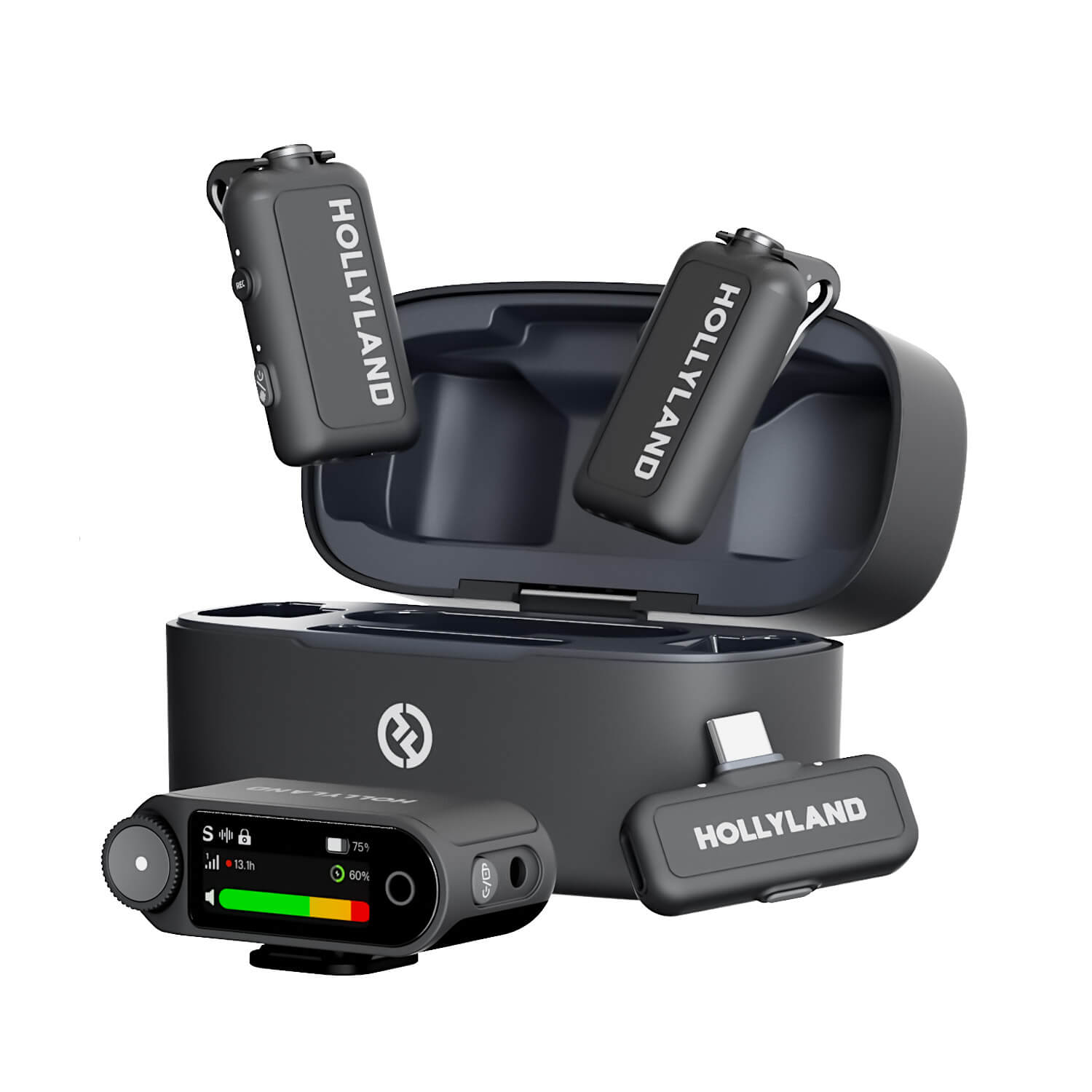
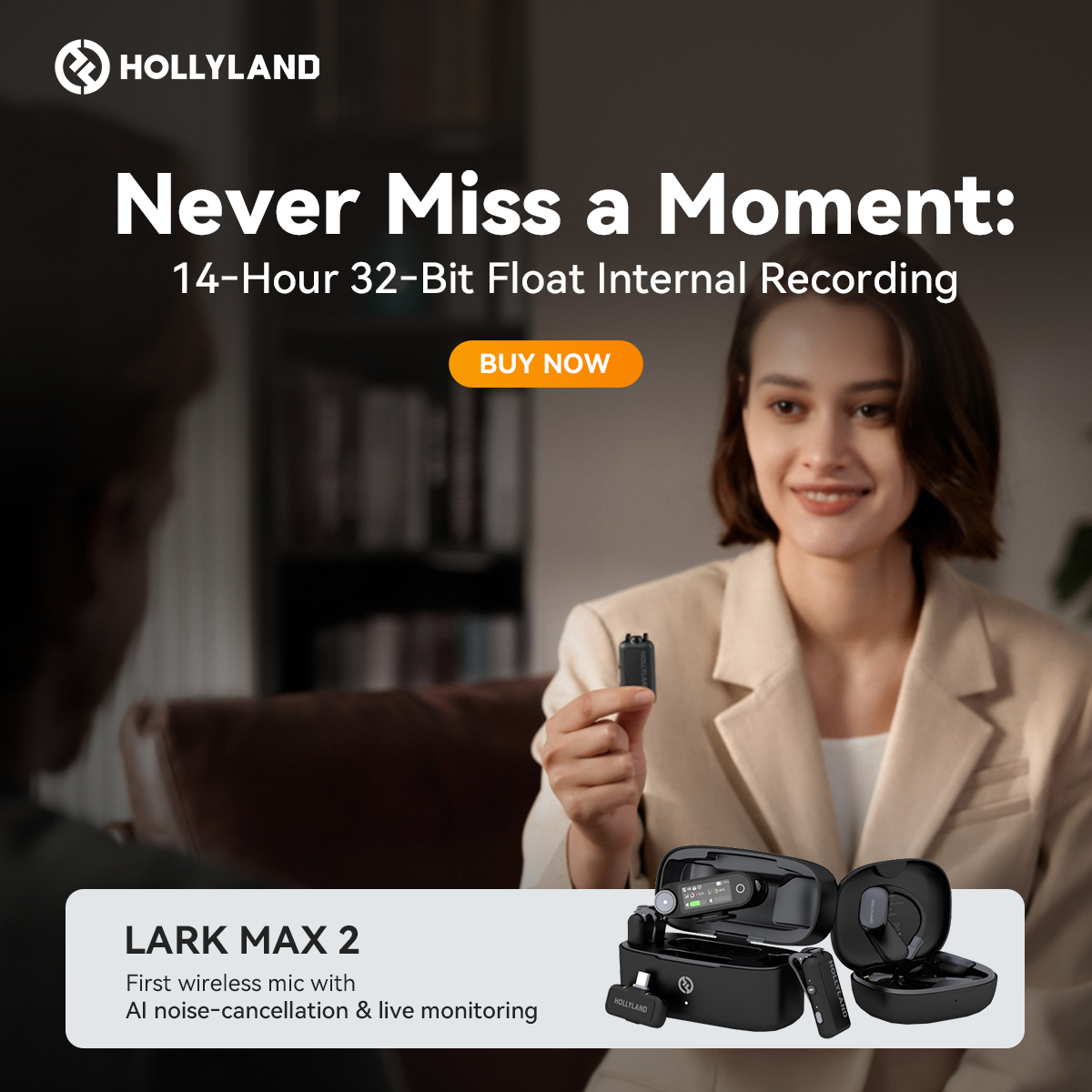
Hollyland LARK MAX 2 - Premium Wireless Microphone System
A premium wireless microphone for videographers, podcasters, and content creators to capture broadcast-quality sound.
Key Features: Wireless Audio Monitoring | 32-bit Float | Timecode

Read the full Hollyland Lark Max 2 Review for more details.
Specifications:
- Polar pattern: Omnidirectional
- Frequency response: 20 Hz – 20 kHz
- Max SPL: 128 dB
- Connector: USB
- Battery life: 18 hours (with charging case) and 11 hours (without charging case)
- Transmission range: TX: 1,115ft (340m) for LOS / 197ft (60m) for NLOS
Pros:
- Compact and portable design for easy transport
- Wonderful wireless range for flexibility
- Crystal clear audio
- Long battery life for longer recordings
- Straightforward setup
Cons:
- The hotshoe adapter is compatible with selected Sony cameras
Suitable For: Vloggers, content creators, interviewers, and professionals for video and audio recording.
Real review from Amazon: Not Specified
Price: Not specified
Conclusion
Choosing the best cardioid microphone in 2025 is very important if you want to count on exceptional audio recording. Whether you are a podcaster, musician, or general content creator, the right microphone will improve and enhance your sound.
For entry-level users, models like the Rode PodMic are a fantastic value, while premium options like Neumann’s TLM 103 provide incredible clarity for professional use. With proper selection, you can utilize a suitable medium and achieve higher levels of recording quality, which can have a lasting impact on your audience.
FAQs
Are cardioid mics good for vocals?
Yes, cardioid mics are great for vocals because they isolate the source and eliminate background noise.
What are the disadvantages of cardioid microphones?
Cardioid microphones exhibit the proximity effect, which causes them to add excessive bass when positioned too close to the microphone, and they also tend to pick up ambient sound less easily.
What are cardioid mics best for?
Cardioid microphones are best for podcasts, as they reduce ambient noise and isolate the source sound.
What’s the difference between cardioid and lavalier?
Lavalier mics can either be omnidirectional or unidirectional (cardioid). Cardioid mics will obtain sounds from the front, while lavalier mics will not (only if omnidirectional mics are used).
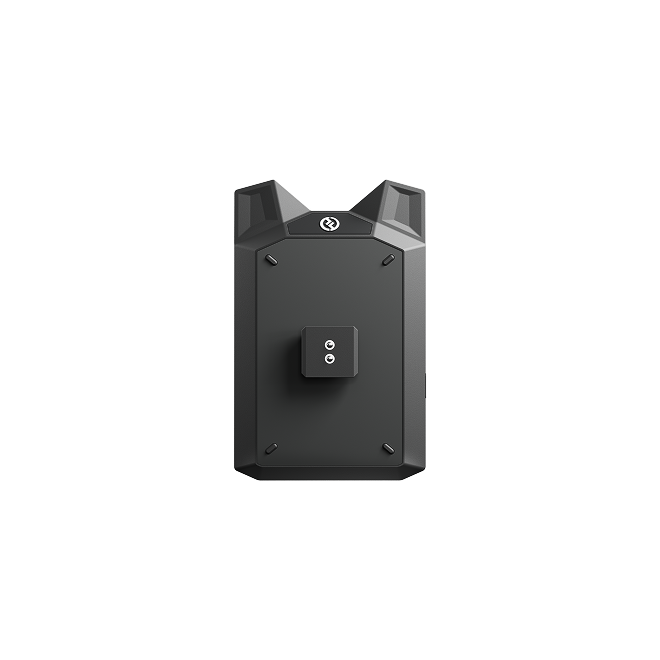

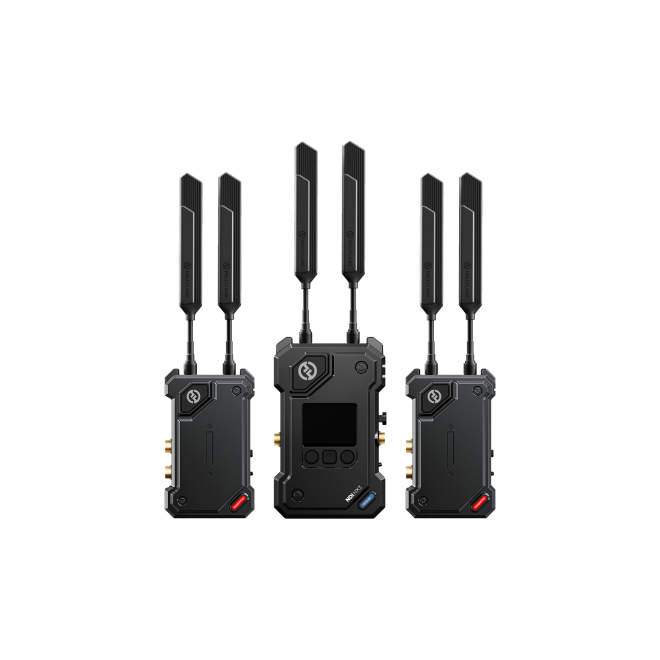
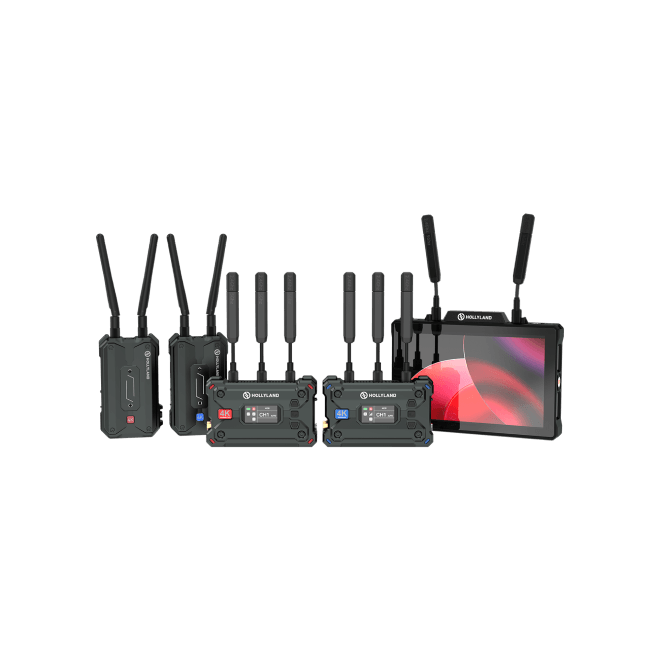
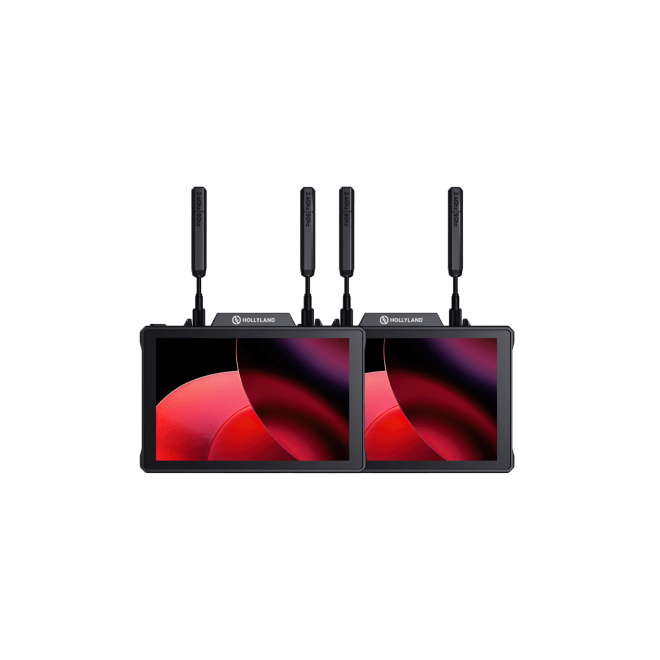
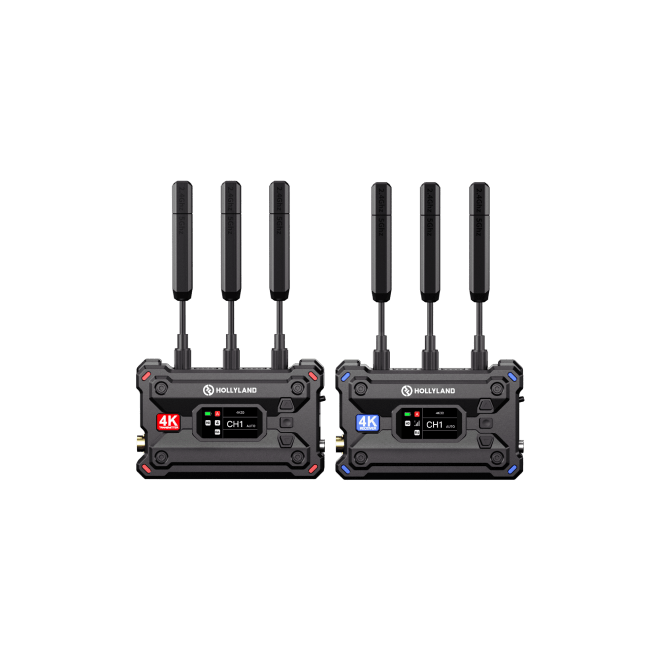
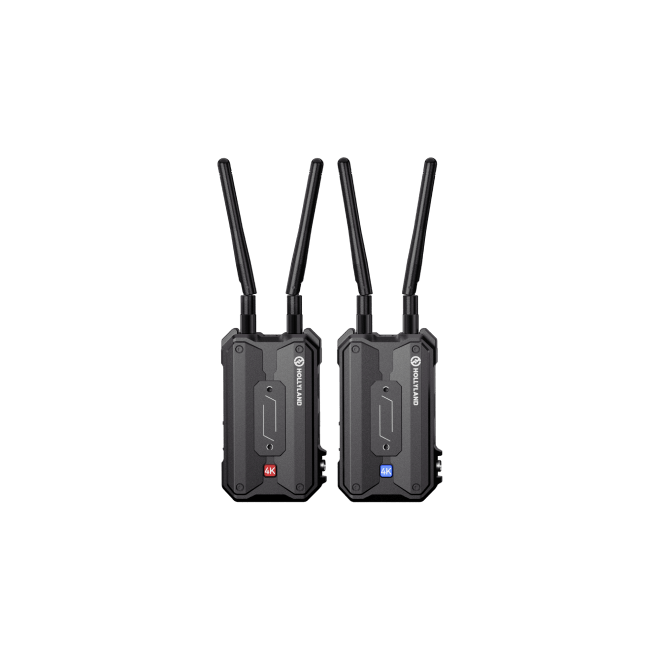
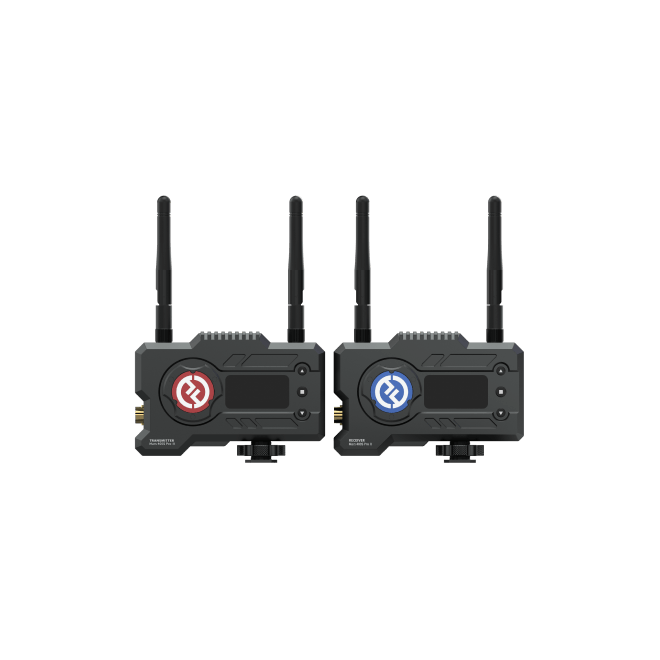
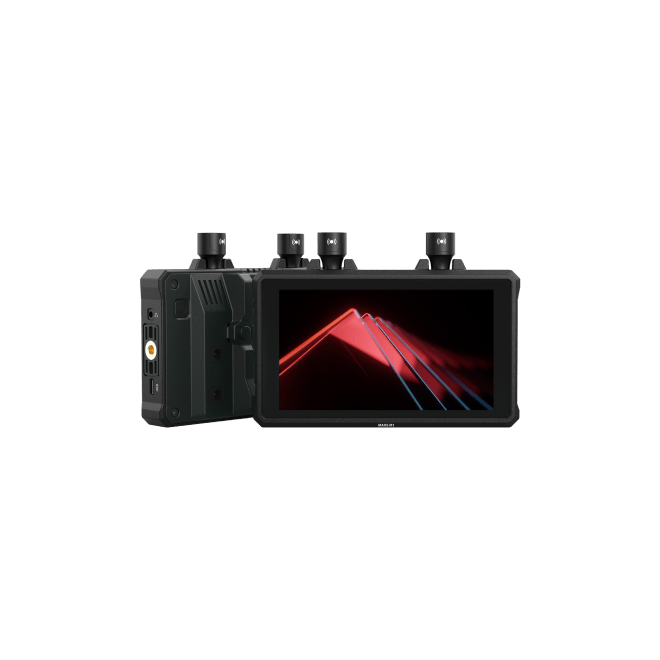
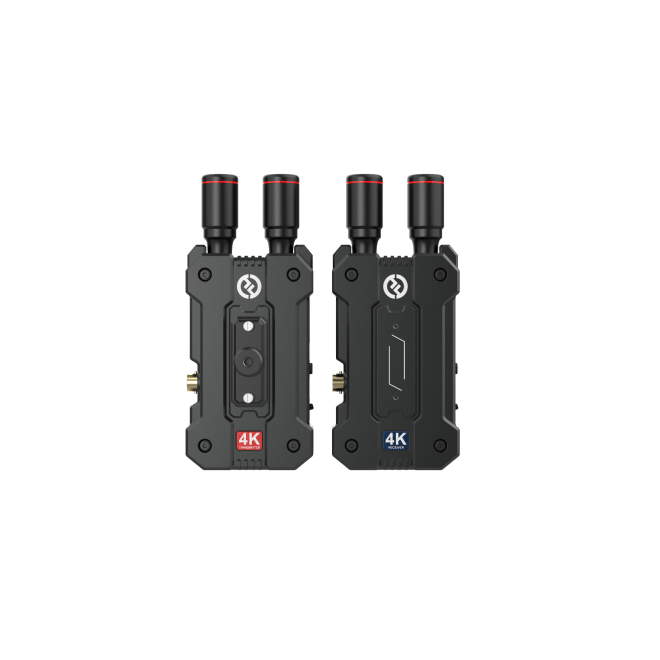
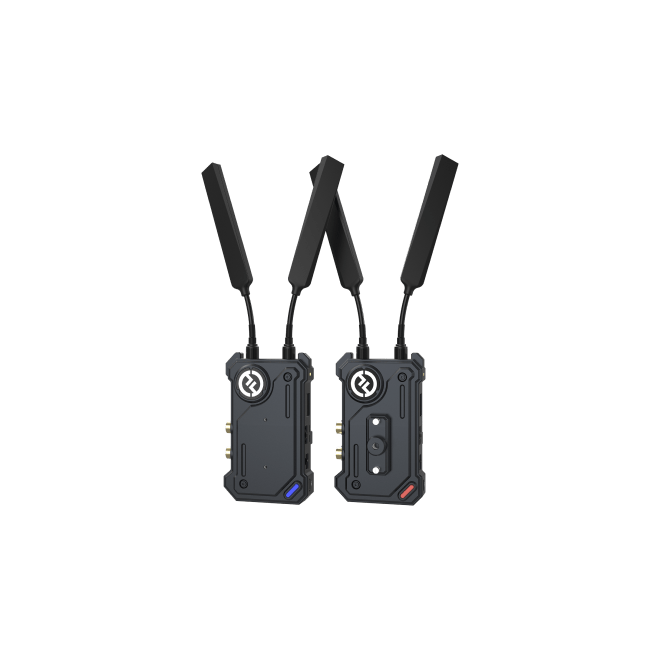
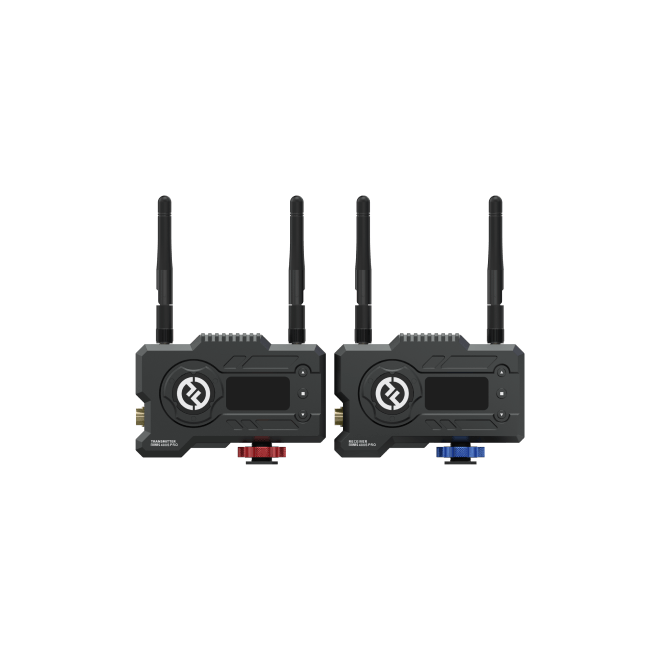
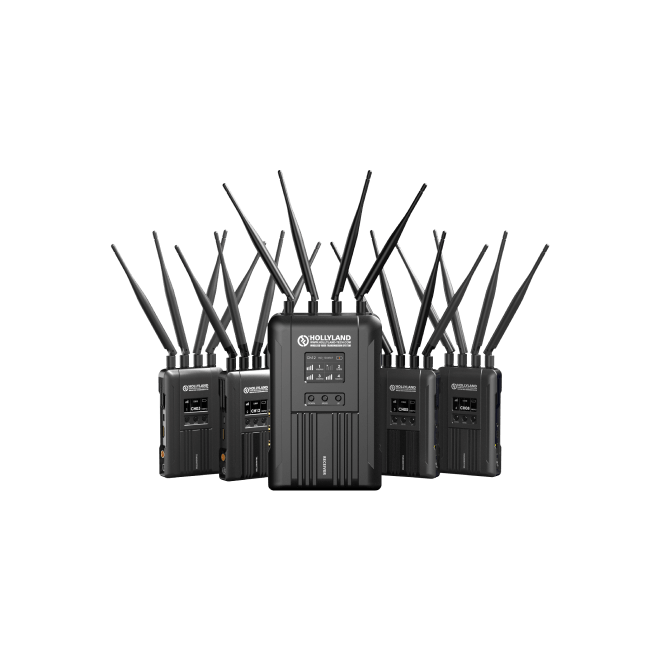
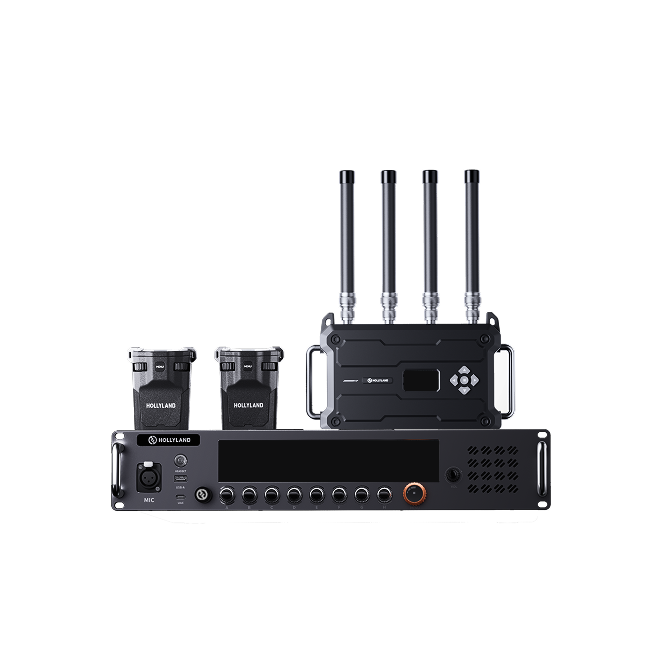

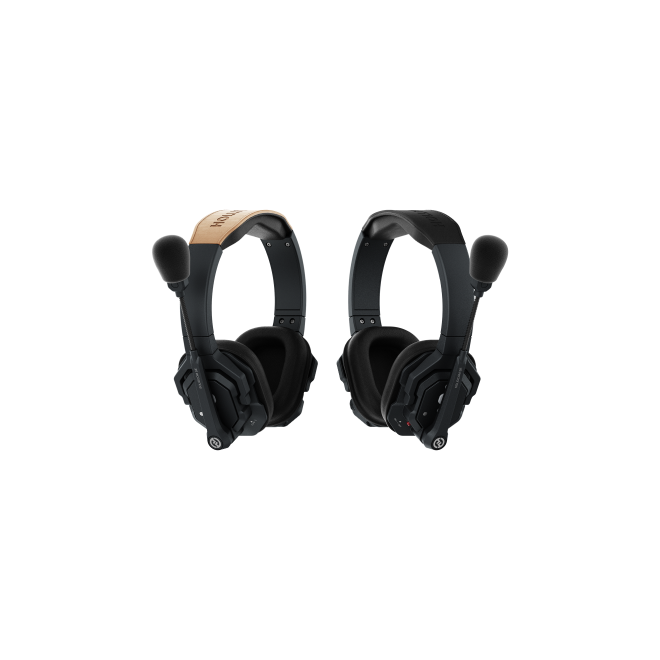

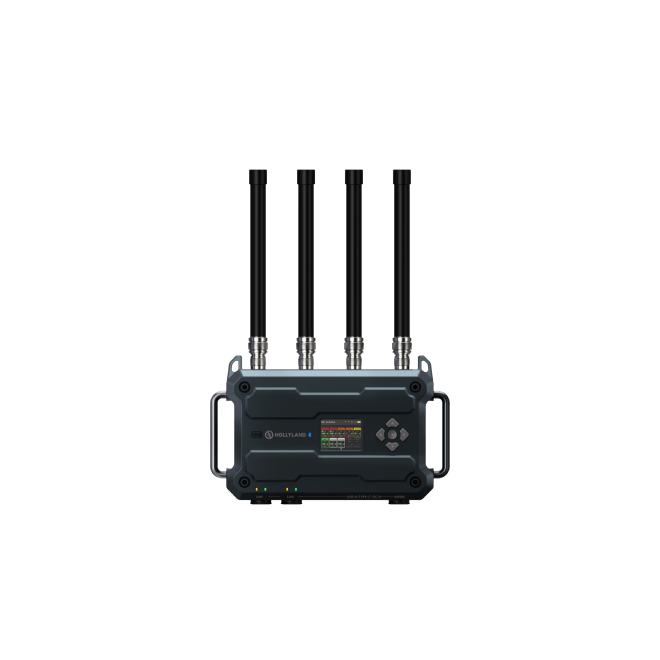
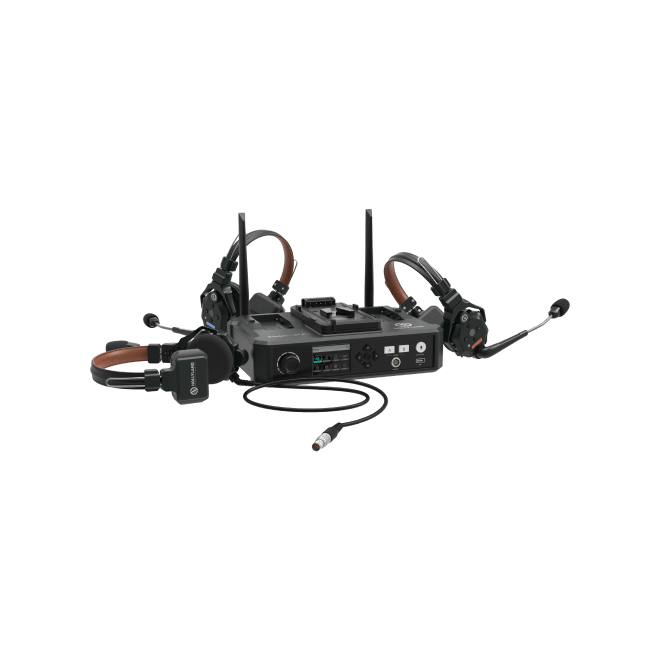
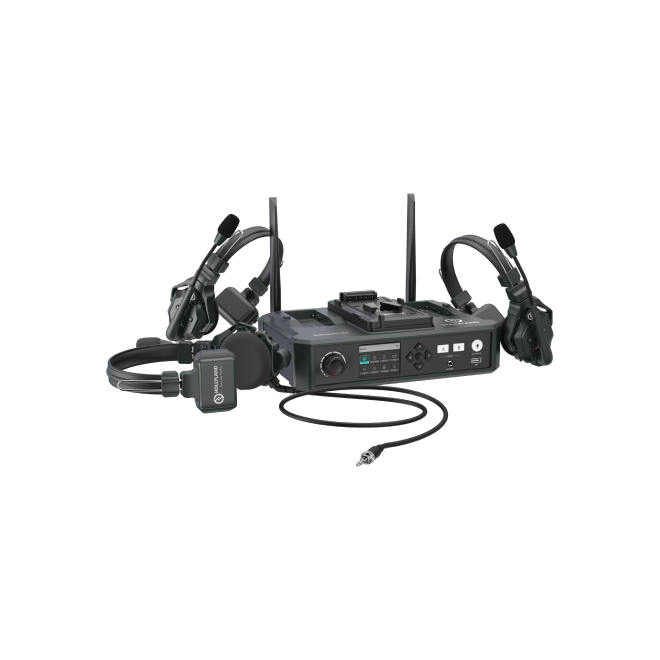

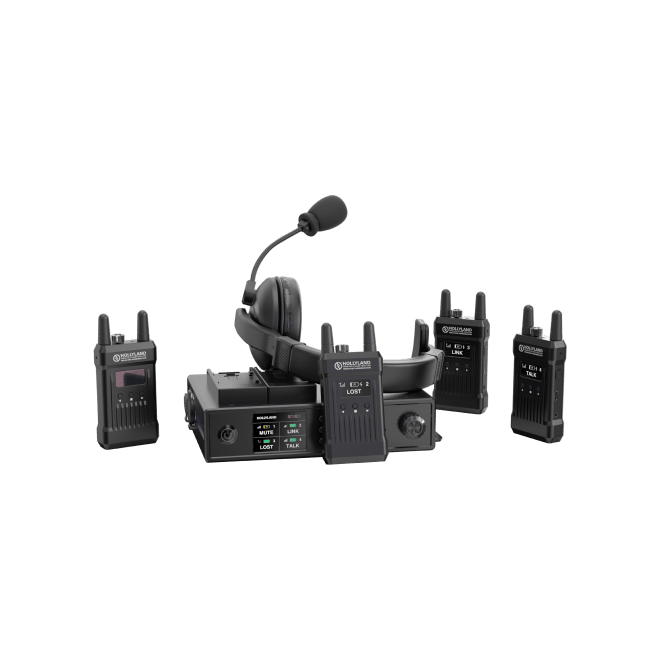

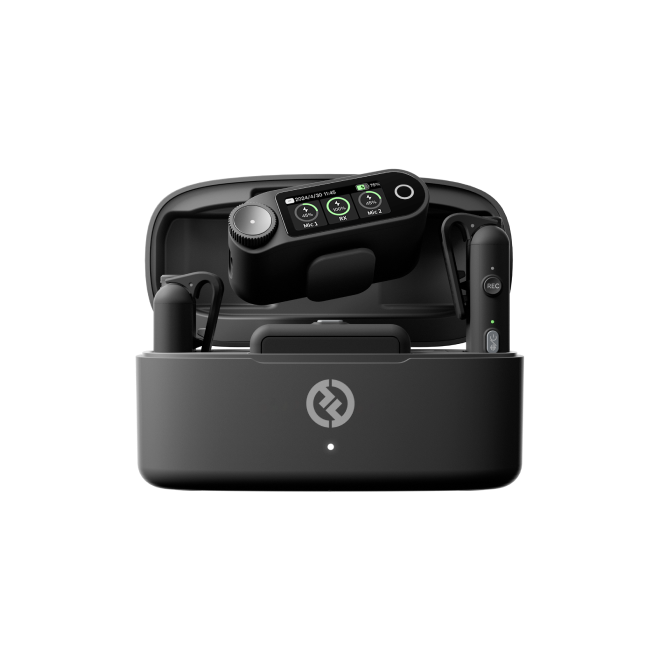
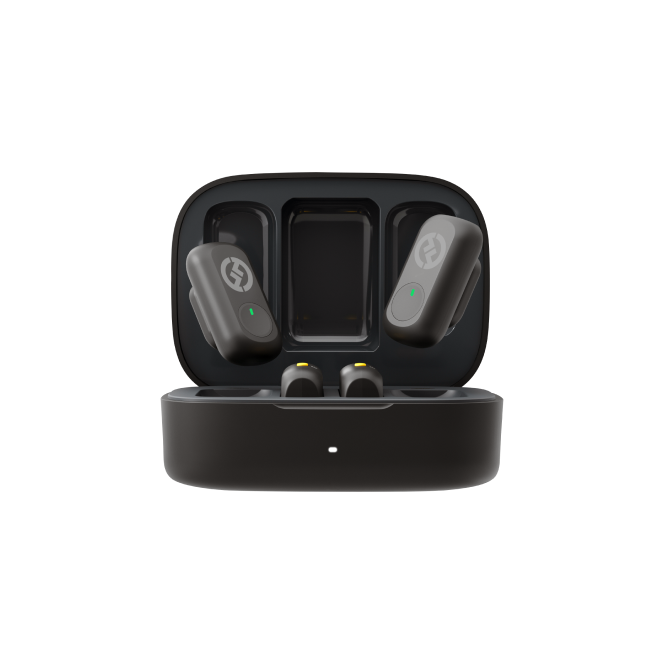

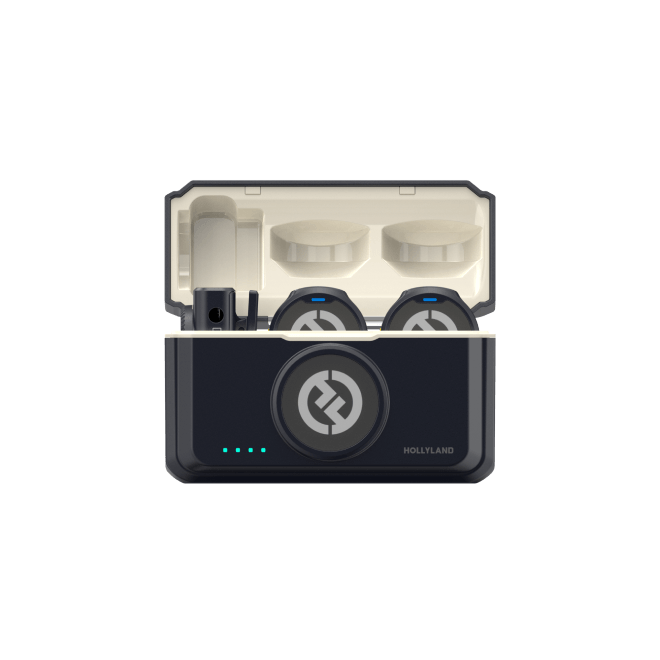
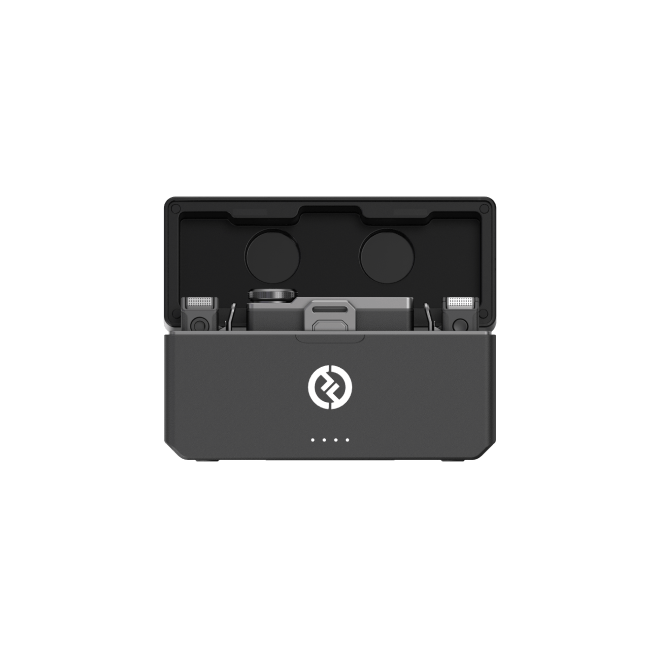
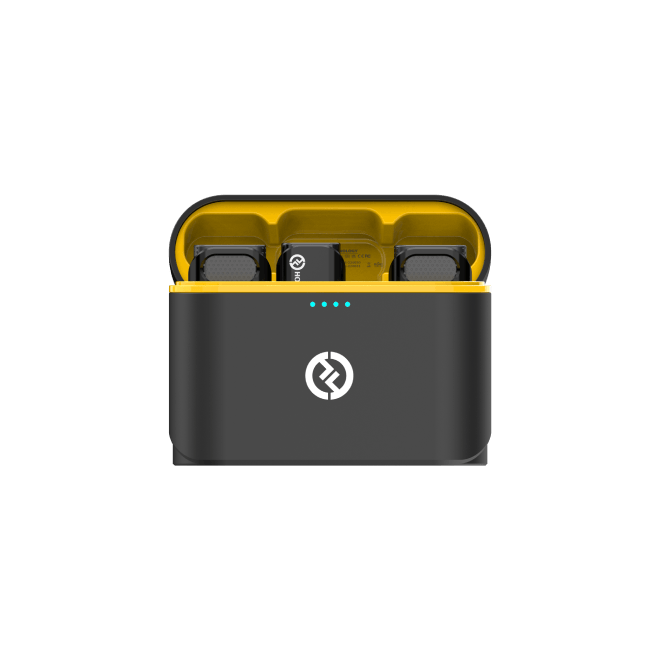
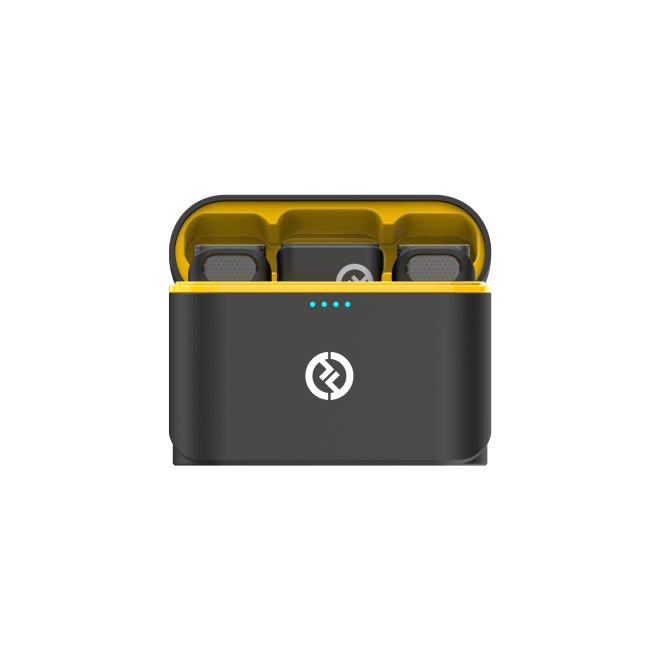
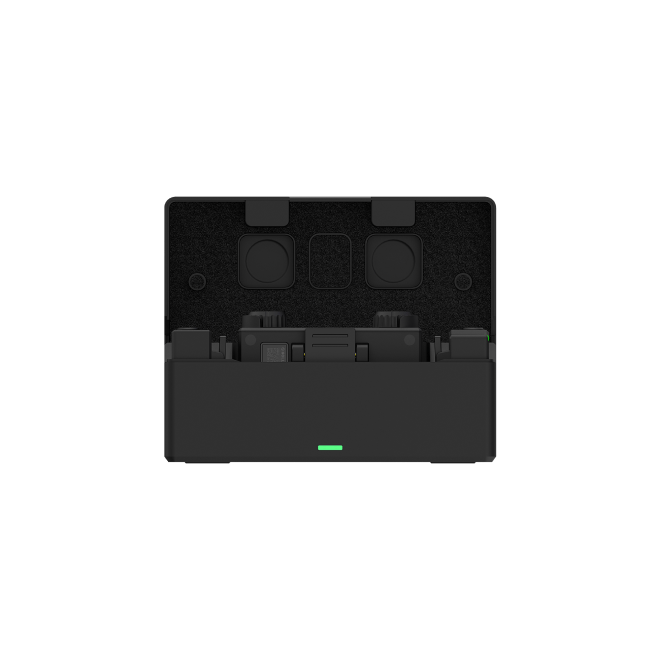
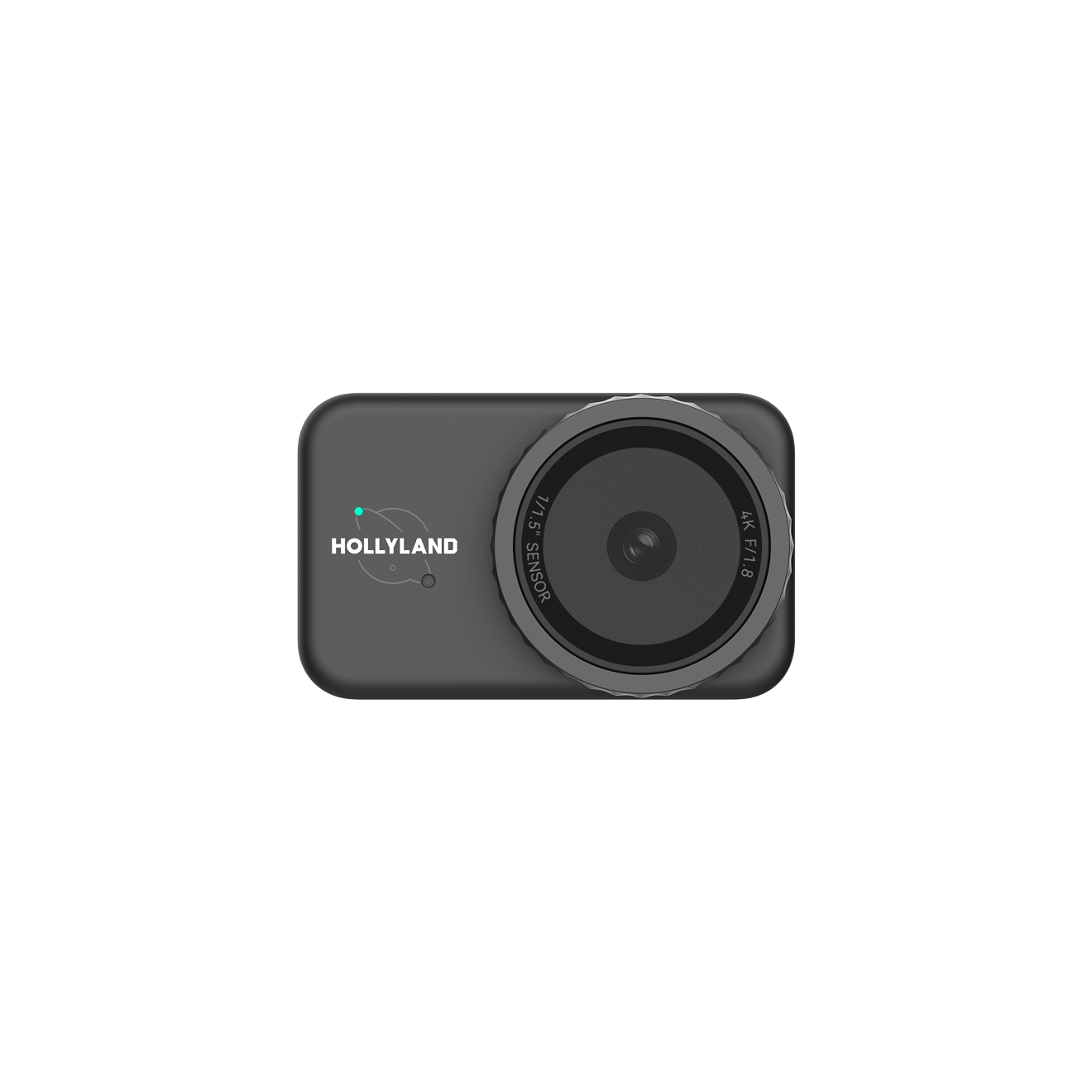

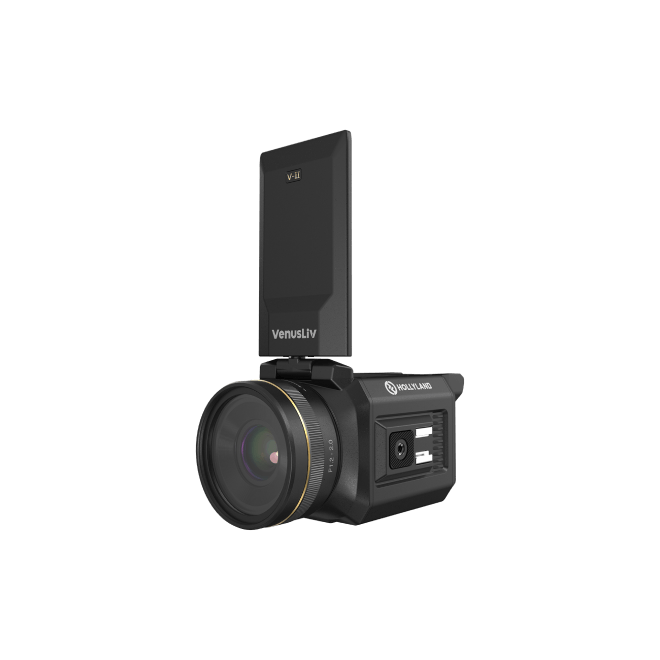
.png)


